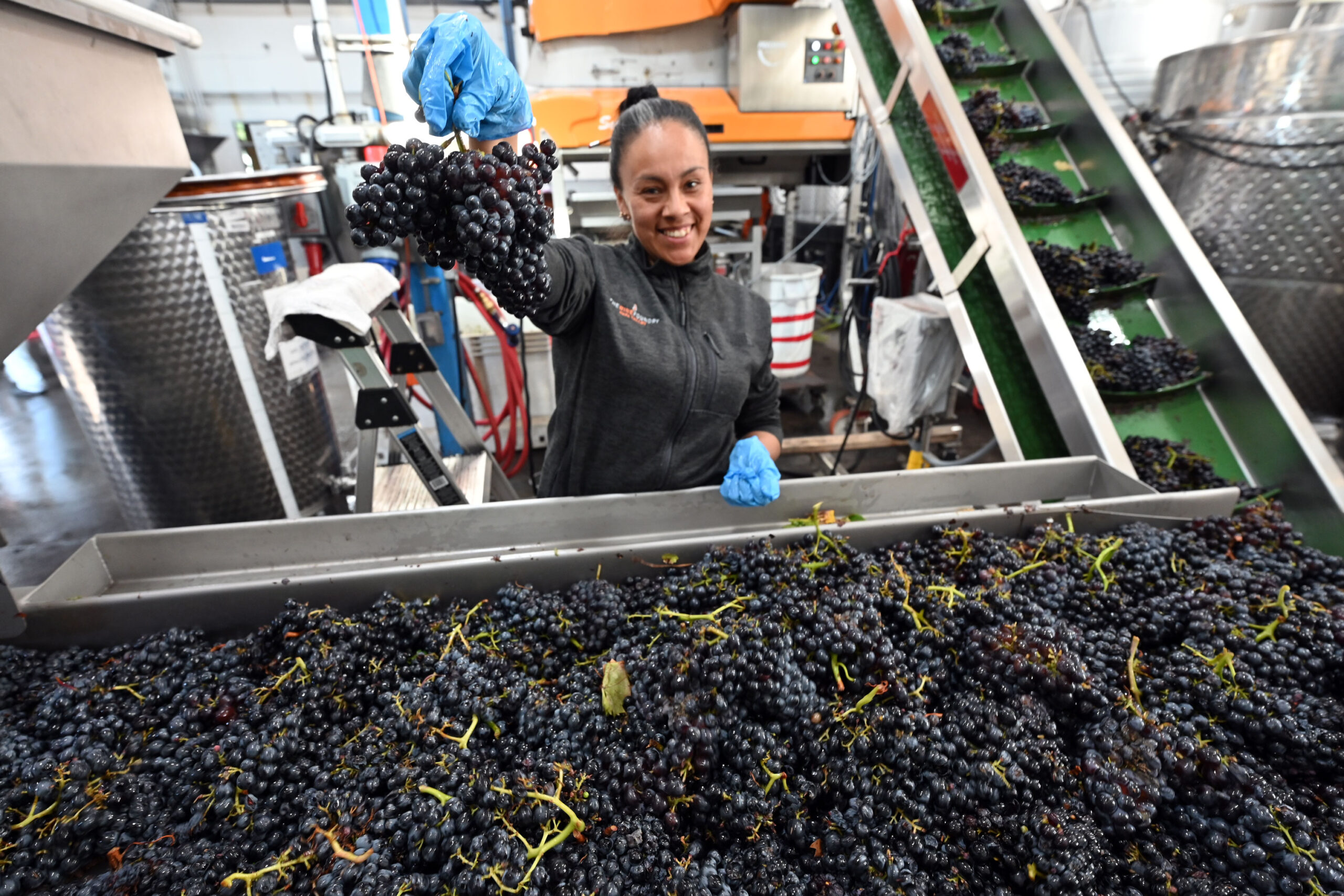Understanding Malolactic Conversion: Why Your 2024 Wine Stinks
If you’ve made a wine in 2024 and notice it has an unpleasant odor, don’t fret. This funky aromatic phase is a normal part of the winemaking process known as malolactic conversion, and it will soon pass.
The Role of Yeast and Bacteria in Winemaking
During fermentation, yeast consumes sugars like glucose and fructose, producing alcohol and carbon dioxide (CO₂). This process is fundamental in transforming grape juice into wine. As the yeast depletes the sugar supply and begins to die off, bacteria take over the spotlight.
Yeast Fermentation
- Sugar Consumption: Yeast feeds on sugars, converting them into alcohol.
- Byproducts: Alcohol and CO₂ are produced during this stage.
Bacterial Activity
- Sugar and Acid Consumption: Bacteria also consume sugars but can utilize other compounds, such as unstable acids.
- Transition: As yeast activity diminishes, bacterial activity becomes more noticeable.
What Is Malolactic Conversion?
Malolactic conversion involves the transformation of malic acid into lactic acid by the bacteria Oenococcus oeni. Malic acid imparts a sharp, tart flavor similar to a Granny Smith apple. Converting it to lactic acid softens the wine, giving it a smoother mouthfeel.
Process Details
- Malic Acid: An unstable acid that provides tartness.
- Lactic Acid: Results in a softer, creamier texture.
- Oenococcus oeni: The primary bacteria responsible for this conversion.
Why Does My Wine Smell Bad Right Now?
During malolactic conversion, the wine may emit funky aromas reminiscent of stinky cheese. These volatile compounds are temporary and will dissipate after a few weeks, leaving your wine smelling delightful.
Key Points
- Temporary Aromas: Unpleasant smells are a normal part of the process.
- Volatile Compounds: These will “blow off” naturally over time.
- Final Outcome: A smoother, better-smelling wine awaits.
Malolactic Conversion in Red and White Wines
While malolactic conversion is standard in red wines, winemakers may choose whether or not to induce it in white wines, depending on the desired style and flavor profile.
Considerations for White Wine:
- Flavor Profile: Conversion can reduce acidity and add buttery notes.
- Stylistic Choice: Some white wines benefit from retaining higher acidity.
Learn More or Discuss Barrel Choices
Interested in exploring barrel options or learning more about malolactic conversion in white wines? Contact Stuart Ake for personalized advice., email Stuart Ake at Email: makewine@thewinefoundry.com



